Discover How to Connect Different Types of Plastic Pipe & Fittings with Our User-Friendly Guide!
At EasyMerchant, we stock an extensive range of plastic piping, and we frequently receive inquiries about the best ways to connect different types of plastic pipes. To help you out, we've put together a comprehensive guide that will guide you through connecting the following types of plastic pipe:
- Twin wall ducting & drainage
- Solvent waste & soil
- Ring seal soil, waste, and underground
- Electrofusion
- Compression/mechanical
If you encounter any issues while connecting your pipes, feel free to reach out to us via comments or give our friendly EasyMerchant team a call.
Connecting Twinwall Ducting & Drainage Pipes
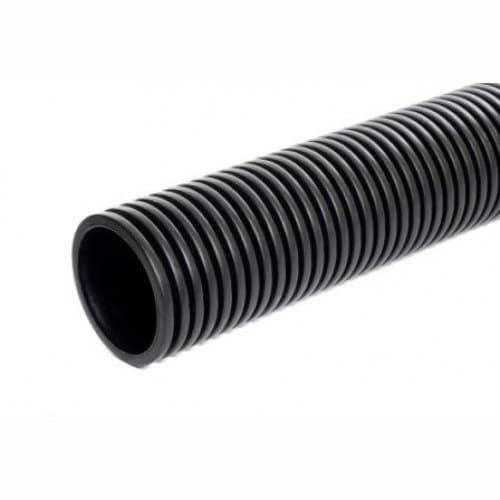
Most twin wall ducting products come with a coupler pre-attached at one end. However, it's essential to verify this before purchasing to avoid any delays. If you need to connect another length of twin wall ducting, a simple push-fit between the coupler and the next length of pipe will securely join them.
Since the coupler lacks an internal seal, there might be minor leakage at the connection point. For applications involving surface water, this may not be an issue, but for waste or solvents containing chemicals, sealing the connection is crucial.
To add a seal, choose the appropriate size twinwall pipe seal and position it between the first and second twin wall pipe ribs that will enter each end of the coupler. Although this will require slightly more effort to align correctly, the connection will now be watertight.
If your twin wall ducting system will handle solvents or soils with corrosive or harmful chemical components, consider using nitrile seals. These are custom-made and subject to lead times, but our technical team is available to provide advice based on your specific needs and soil reports.
Joining Solvent Waste & Soil Pipes
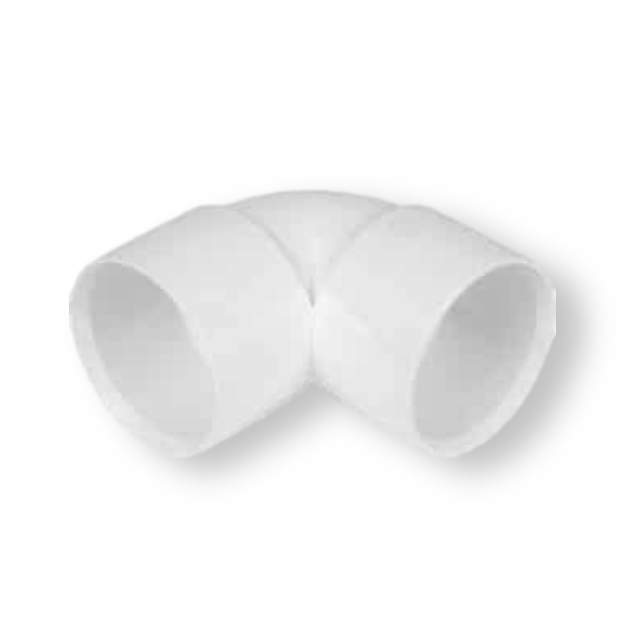
Connecting a solvent waste pipe to a soil pipe typically uses a 'boss' fitting—either pre-formed in the soil pipe or added as an adaptor during the connection process.
If you're using a boss pipe section, you'll need to cut a portion of the soil pipe. Alternatively, if you're using a boss adaptor, simply cut the correct size hole in the soil pipe.
A popular and efficient method involves using a strap-on boss adaptor. Here’s a six-step guide to help you:
- Cut the appropriate size hole in the soil pipe where you want the connection to be made.
- Clean the area around the connection point thoroughly using a specific pipe cleaner.
- Apply solvent cement weld around the hole and the flange of the strap-on boss.
- Ensure the boss' 'top' indicator is correctly oriented.
- Push the boss and soil pipe together firmly to ensure a secure bond.
- Maintain pressure on the bond and squeeze the clips at the back of the boss to secure the fit.
Once the solvent cement sets, you'll have a permanent and sealed connection between the solvent waste and soil pipes, ready for a push-fit or further solvent weld connection into the boss.
Joining Ring Seal Soil, Waste, and Underground Pipe
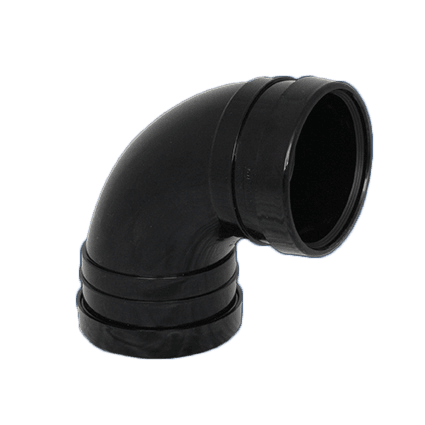
Connecting ring seal soil, waste, and underground drainage pipe systems is straightforward and fast, allowing for easy disassembly if needed.
Each section of the ring seal system has a chamfered end that should be lubricated with either a silicone or water-based pipe lubricant before being pushed squarely and evenly into the fitting. This compresses the rubber seal, creating an airtight and watertight joint.
After inserting the pipe into the joint, pull it back by approximately 10mm to account for any expansion within the system.
Joining Electrofusion Pipe and Fittings
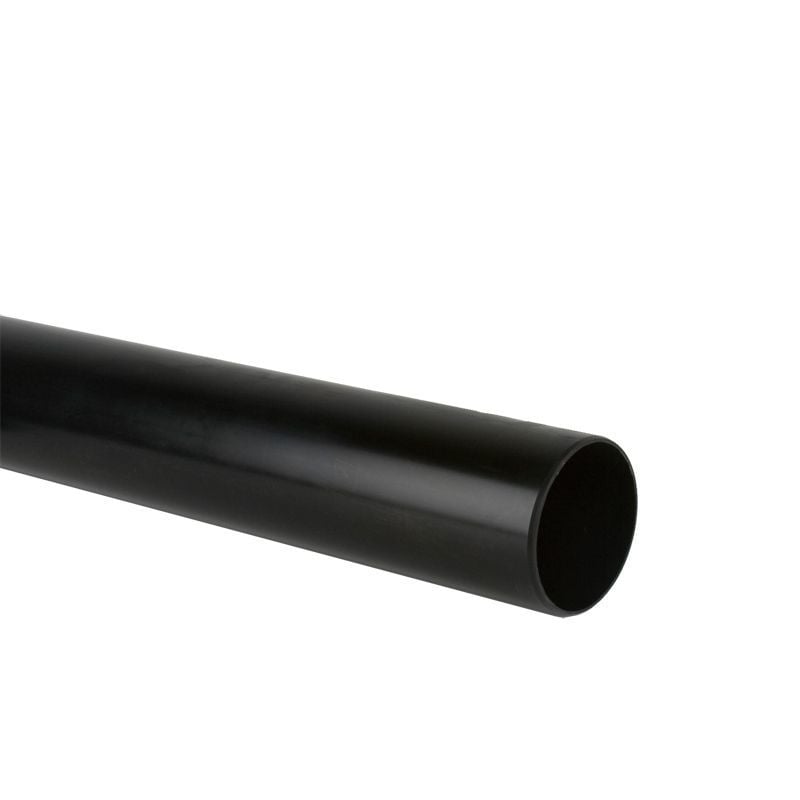
Electrofusion fittings are commonly used in gas mains pipe work and should only be undertaken by those with proper training and certification. An electrofusion connection also requires a control box, with specific operating procedures. This guide provides a basic overview of the process, but we're always happy to offer more detailed information and product recommendations if you'd like to speak with one of our EasyMerchant team members.
- Ensure the polyethylene pipes you're joining are clean and free from debris, but do not yet remove the protective wrap.
- Position the electrofusion fitting next to the pipe and mark approximately 10-15mm beyond half the socket depth.
- Use a pipe end preparation tool to remove the entire surface of the pipe over the marked area, ideally in one smooth motion.
- Repeat this process for the second, adjoining pipe end.
- Mark half the coupler depth onto either pipe end to ensure even depth connections—both should meet the center stop.
- Securely clamp the two pipes in place to prevent any movement during the fusion process.
- Connect the ECU outputs to the fitting terminals and operate the control unit according to specific user procedures.
- If your coupler has melt indicators, confirm they have risen once the process is complete.
- Mark cooling times on the pipework next to the fitting, along with any additional information like joint reference numbers and dates.
Upon completion, you'll have a strong, airtight, watertight, and homogeneous connection.
Joining Compression/Mechanical Pipes and Fittings
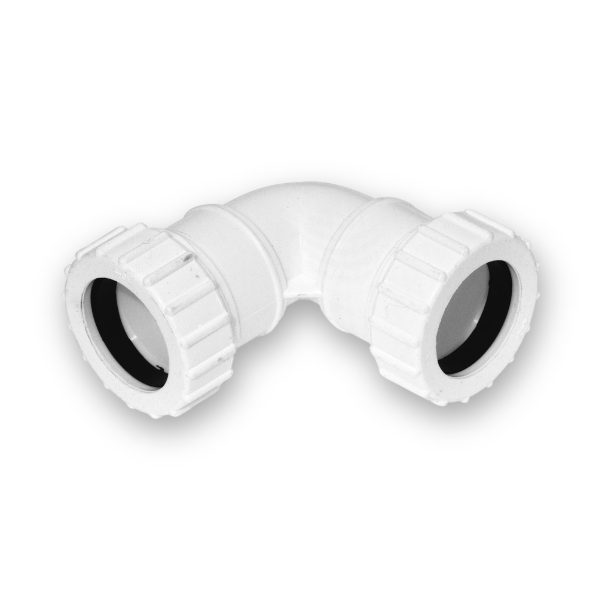
Compression or mechanical pipe connections are among the most common in domestic settings and offer a great balance of affordability and simplicity.
The end body of a compression-style MDPE pipe joint is designed to create a partial dish shape, housing a cone-shaped rubber washer, which is usually topped with a tough plastic washer. Over the top of these washers, an MDPE threaded 'nut' attaches to the threaded section of the joint, compressing the washer stack and causing it to expand laterally.
Connecting a compression joint to a pipe is quite simple:
- Clean and deburr your pipe, preferably using wire wool to remove any dirt or residue.
- Completely open the nut and washer stack on your compression joint.
- Reverse the nut, washer, and rubber washer onto the section of pipe you're connecting to—the rubber washer should fit snugly and sit at least 15-20mm onto the pipe.
- Slide the joint body onto the pipe until it fits snugly against the rubber washer.
- Slide the washer and nut down the pipe until it covers the rubber washer and grips the threaded section of the joint.
- Simply tighten the nut to compress the rubber washer, creating a secure, watertight connection.
Mechanical compression MDPE pipe fittings and joints are easy to use and highly reliable, making them perfect for waste pipes and traps.
We at EasyMerchant Limited hope this guide has been helpful. For further assistance, feel free to contact us using our contact form or call us on 01371 850120.
Octagonal Ring Joint Gasket,Octagonal Ring Gasket,Octagonal Rtj Gasket,Octagonal Ring Joint
WENZHOU JINGWEI SEAL TECHNOLOGY CO., LTD , https://www.ringjoint-gasket.com